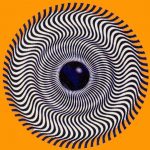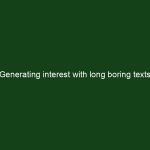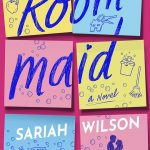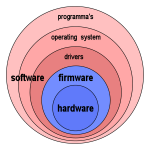Sometimes the text I read is heterogeneous and addresses the issues from many points. To keep track of various perspective I “colour” the text according to the dominant perspective of each paragraph. I try to follow the “colours” in the visualization themes and I try to be capable to reproduce the article photographically with “colour” …
Creativity 101: The power of multiple perspectives
While I had a long and organized training on creativity (I am planning to release some materials on this blog), Anna is a master of out-of-the-box thinking. She claims that she uses one and only one trick, but she perfected using it. Anna calls this trick “multiple perspectives”. Draw down a shape or write a …
Continue reading “Creativity 101: The power of multiple perspectives”
Optical illusions and how the brain tricks us
The first thing we teach in our superlearning classes is brain trickery. We trust our brains without questions and do not suspect them to lie. However, when trying to recreate a whole article from memory we typically start from ~20% retention! In fact we loose much more than we get, unless we train our observation …
Continue reading “Optical illusions and how the brain tricks us”
Speed-writing
I promised to explain a bit the super-writing idea. During my PhD I had a class on scientific writing. During the class the professor was focused on various ways of speeding up word processors and blind typing, but some of the lectures were actually useful. He explained that you write the document once, but hundreds …
Generating interest with long boring texts
How do we read content that is genuinely boring? Why, we generate interest in any way we can. Interest is a key component for retention, it focuses the mind on the content, on the markers, on links and so on. One of the surprising fact we found, was that fast readers had higher retention than slow …
Continue reading “Generating interest with long boring texts”
How does it feel writing a blog?
I am writing this blog for several weeks now, and have generated initial experiences. First of all I want to thank all of my readers, people spending the time to learn new things and improve their superlearning powers. Trying to provide the most engaging, helpful and insightful content is high on my priority list. Please …
Developing your personal style
Quite often I urge the students to develop their personal style, but occasionally I wonder if they understand what I mean. Below are some examples. Each examples has its strengths and weaknesses, and you should focus on those that fit your own style. Technocrat This is one of my favourite styles. I produce stylized markers …
Visualization exercises
Some of our students have trouble actually visualizing the markers and need specific exercises. These exercises could be used with every level of visualization, but with different scope and complexity of objects. Heber Cloward Try holding real things and re imagining them for practice . It seems the more you practice the easier it …
Advanced superlearning course
For years I have been teaching the “advanced” course and yet I had only a handful of students. Advanced course teaches high-level visualization, linking large amounts of information, prioritization of information, powerful prereading and other interesting superlearning techniques. What is not a part of the advanced course The “advanced” course does not handle speedreading and …
Markers for hardware and software
Some of our students need to create visual markers in specific fields of knowledge. Hardware and software are very specific fields of knowledge that require specialized methodology of visualization for engineers and programmers. Below is a discussion attempting to deal with this issue. Question: I’m having troubles creating markers for technical materials such as hardware/software manuals and …











